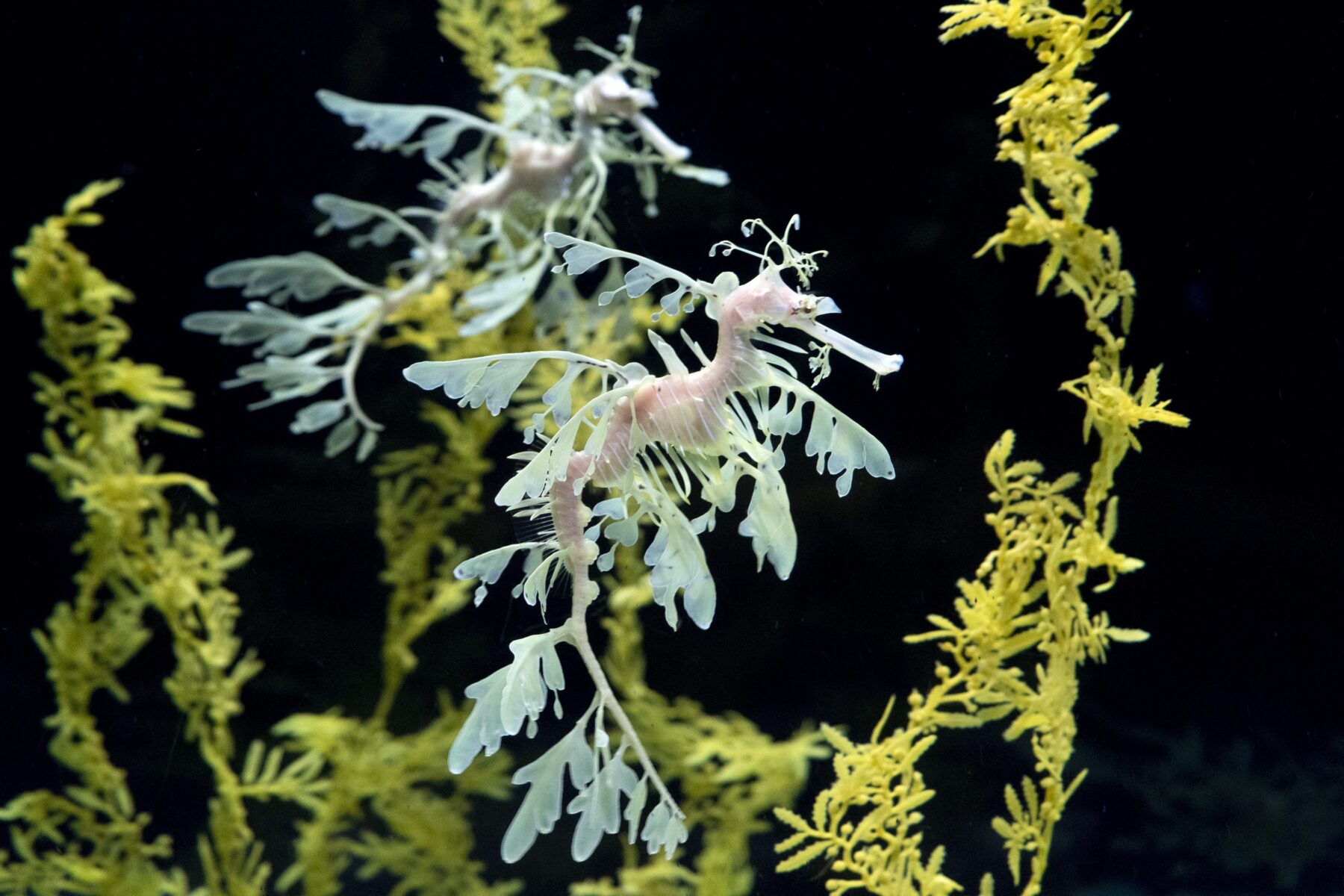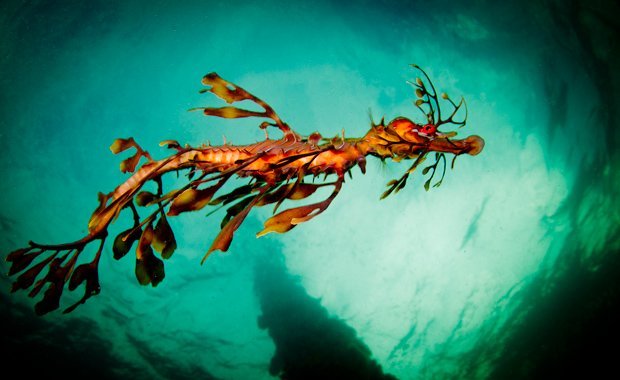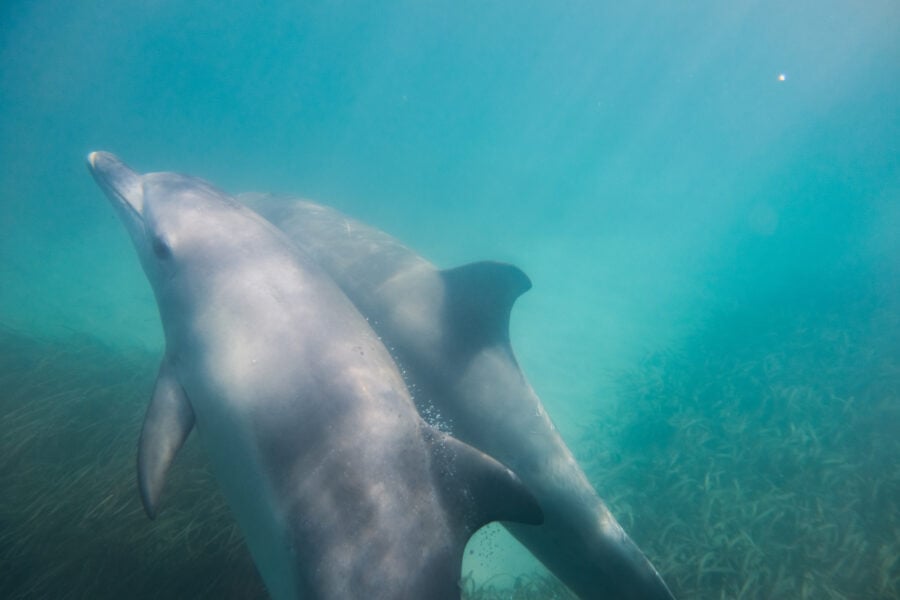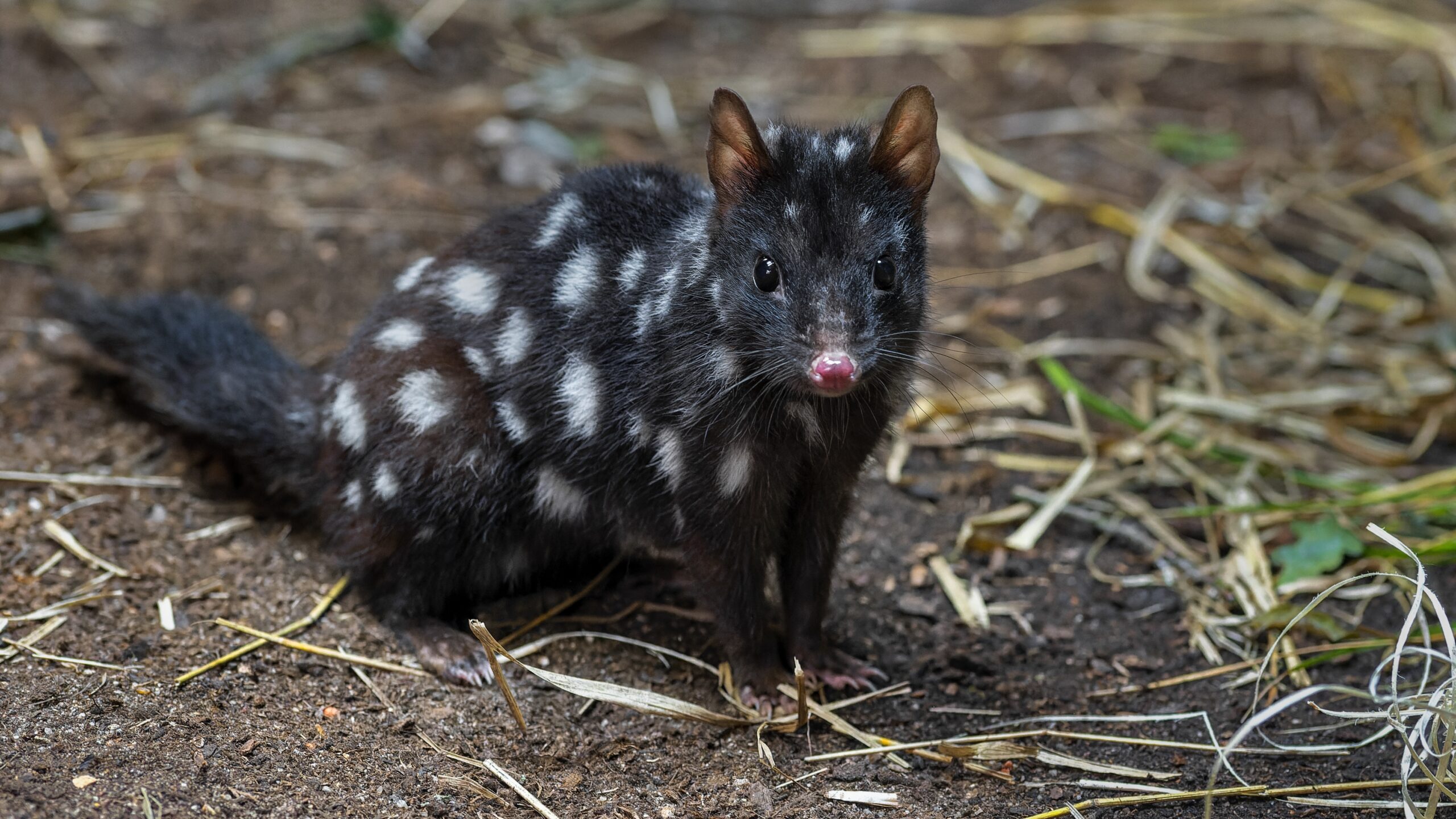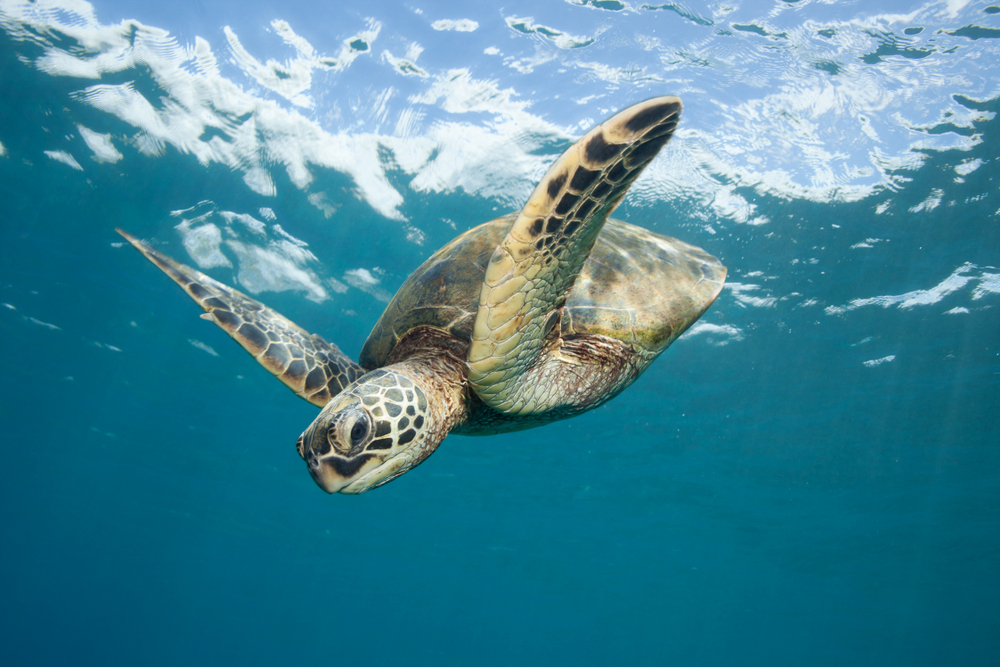| Common name | Leafy seadragon |
| Scientific name | Phycodurus eques |
| Type | Actinopterygii (Ray-finned fishes) |
| Diet | Carnivore – mainly small crustaceans, plankton, and mysid shrimp |
| Average lifespan | Up to 10 years |
| Size | Up to 35cm long |
CONSERVATION STATUS (Australia): Not threatened
With its delicate, seaweed-like appendages and gentle drifting motion, the leafy seadragon is one of the most enchanting marine creatures found in southern Australian waters.
Perfectly camouflaged among kelp and seagrass, this slow-moving seahorse relative is a master of disguise and a favourite among divers and underwater photographers.
Despite their otherworldly – almost mythical – appearance, leafy seadragons are real, living animals that play an important role in their ecosystem as stealthy hunters of tiny crustaceans.
They’re solitary and relatively sedentary, relying on camouflage rather than speed or flight to avoid predators.
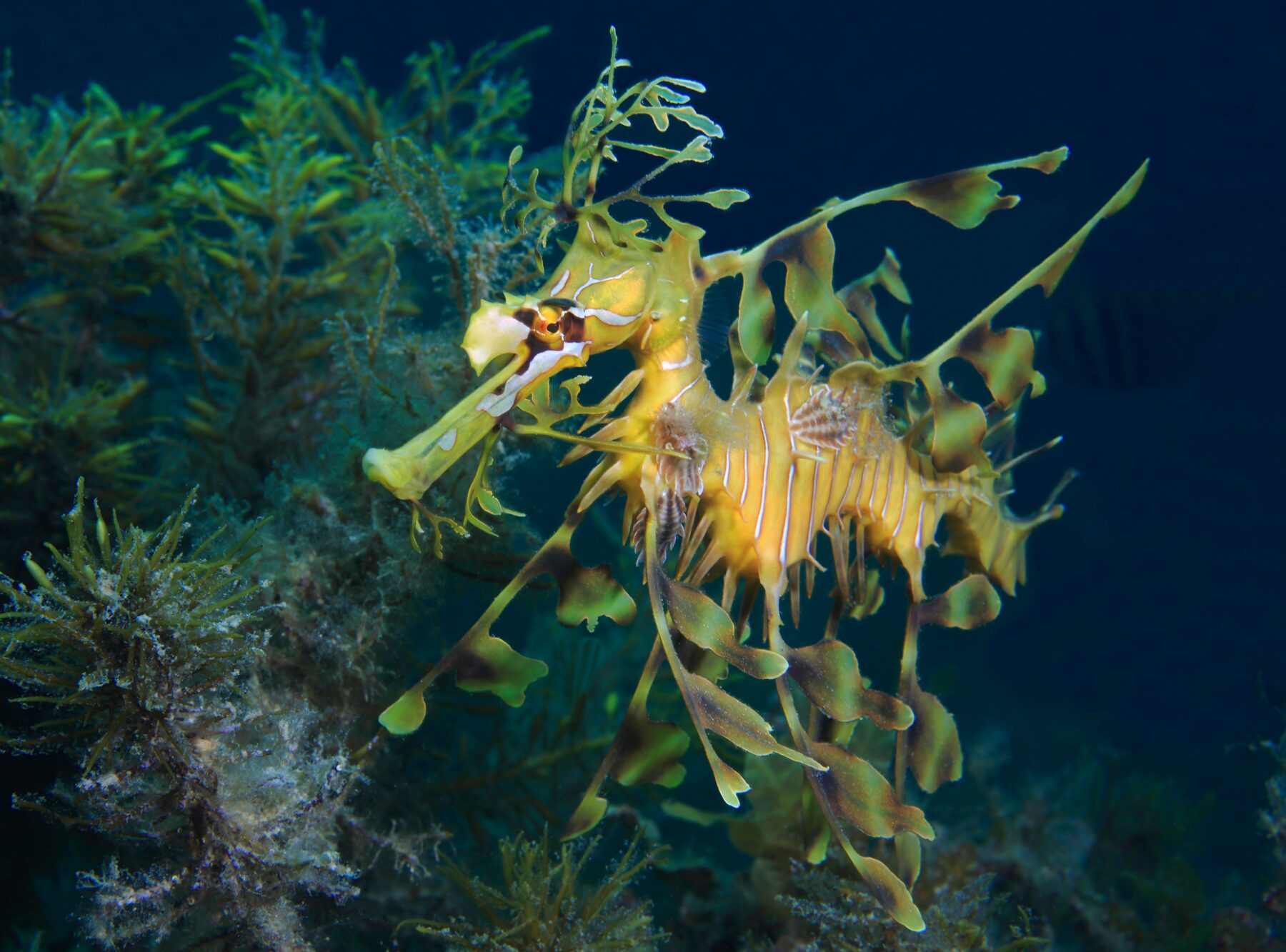
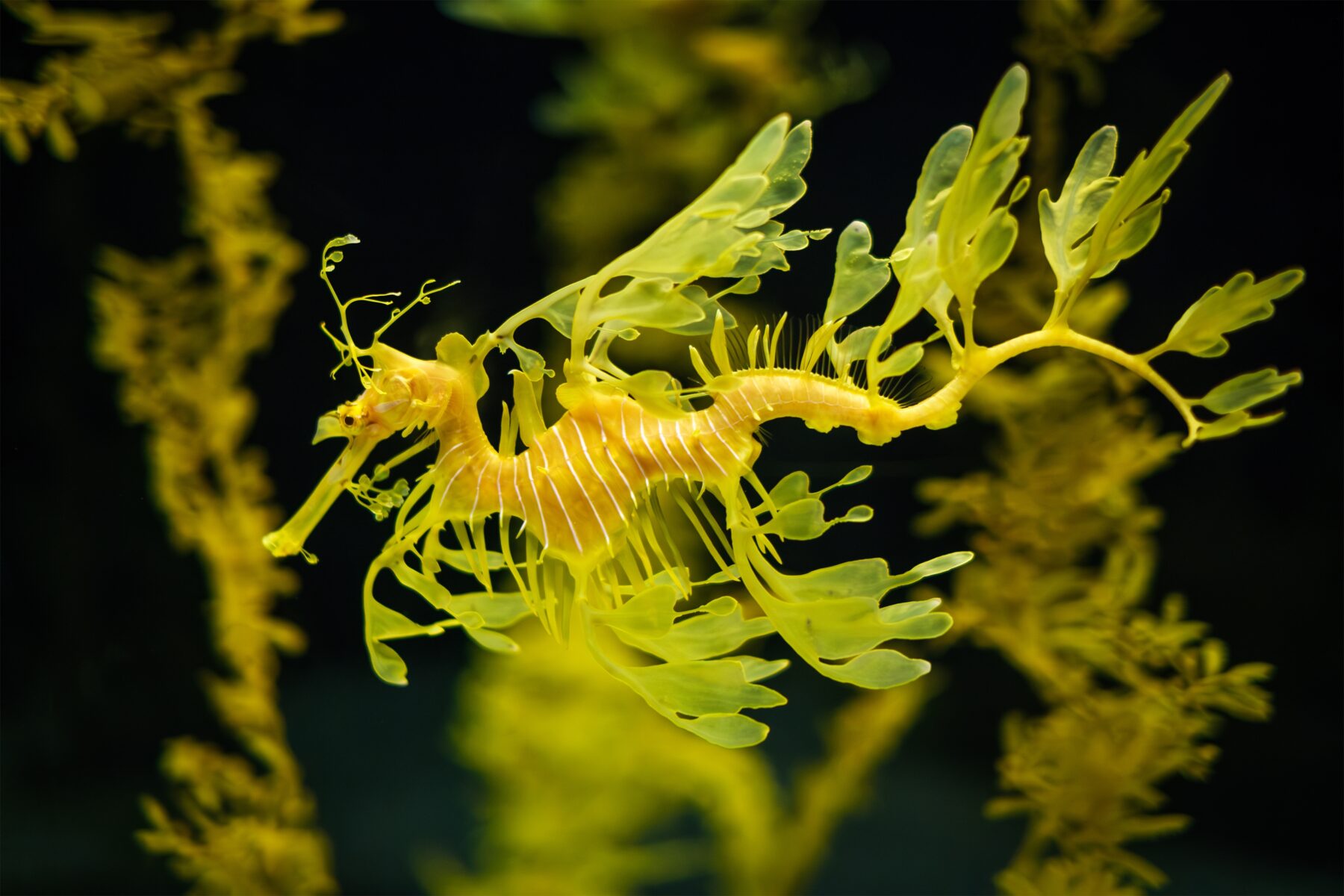
Habitat
Leafy seadragons inhabit shallow coastal waters, especially areas with kelp forests, seagrass meadows and rocky reefs. They prefer calm, temperate marine environments with good cover for hiding.
Distribution
Endemic to southern Australia, leafy seadragons are most often found off the coasts of South Australia, southern Western Australia, and western Victoria. They’re especially often spotted in areas such as Rapid Bay and the Fleurieu Peninsula of SA.
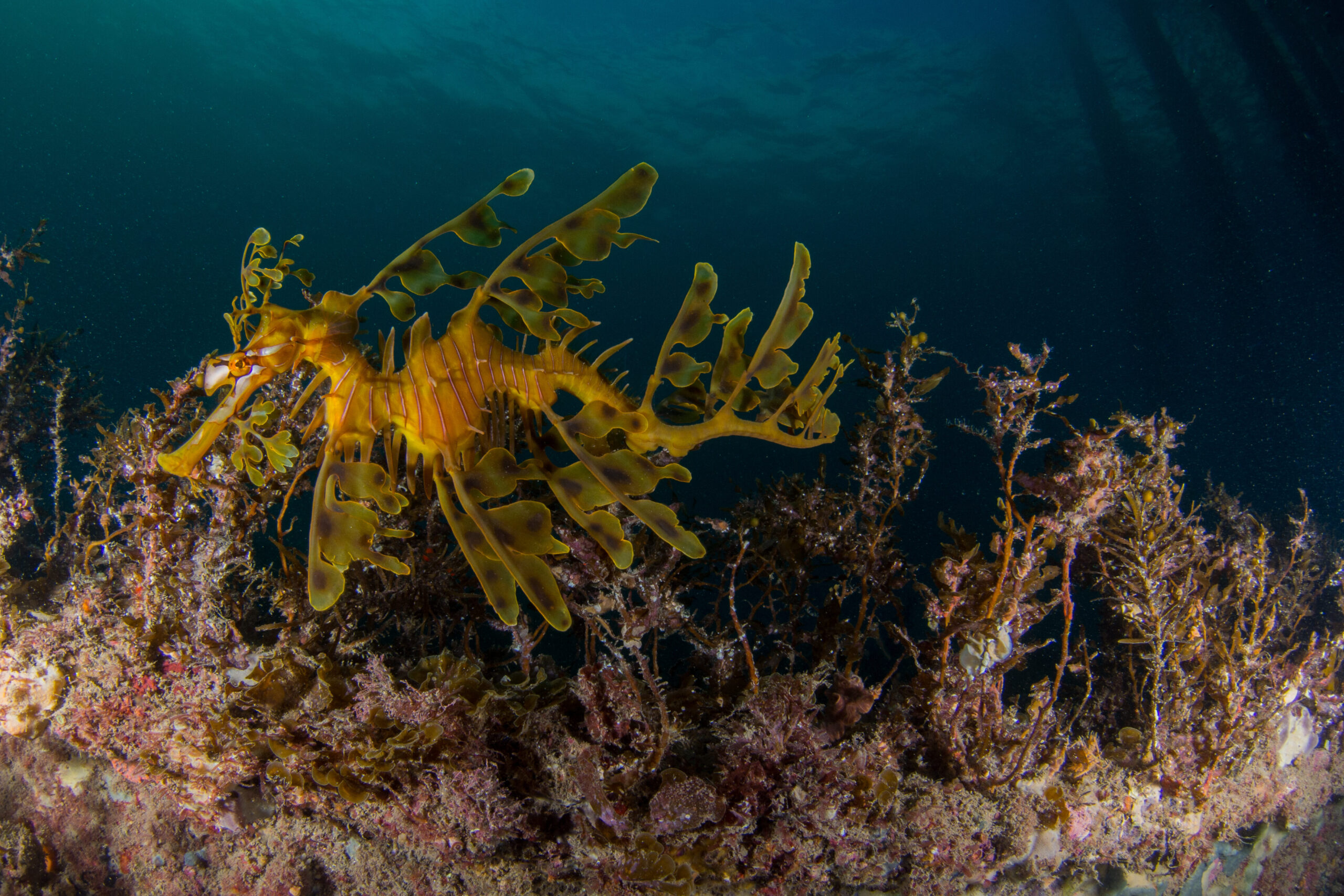
Reproduction
During breeding season (typically late spring to early summer), males carry the eggs. The female deposits up to 250 bright pink eggs onto a brood patch on the underside of the male’s tail, where he fertilises and incubates them. After about 6–8 weeks, the tiny, fully formed seadragons hatch and begin life independently.
Conservation status
While not listed under the EPBC Act as threatened, leafy seadragons are fully protected under Australian law. They’re also considered near threatened in some regional assessments due to their restricted range, habitat degradation and vulnerability to collection and environmental changes. Globally, they’re listed as Near Threatened by the IUCN (as of July 2025).
Threats
Major threats include habitat loss from coastal development, pollution, climate change and illegal collection for the aquarium trade. Their limited mobility makes them especially sensitive to local environmental changes.
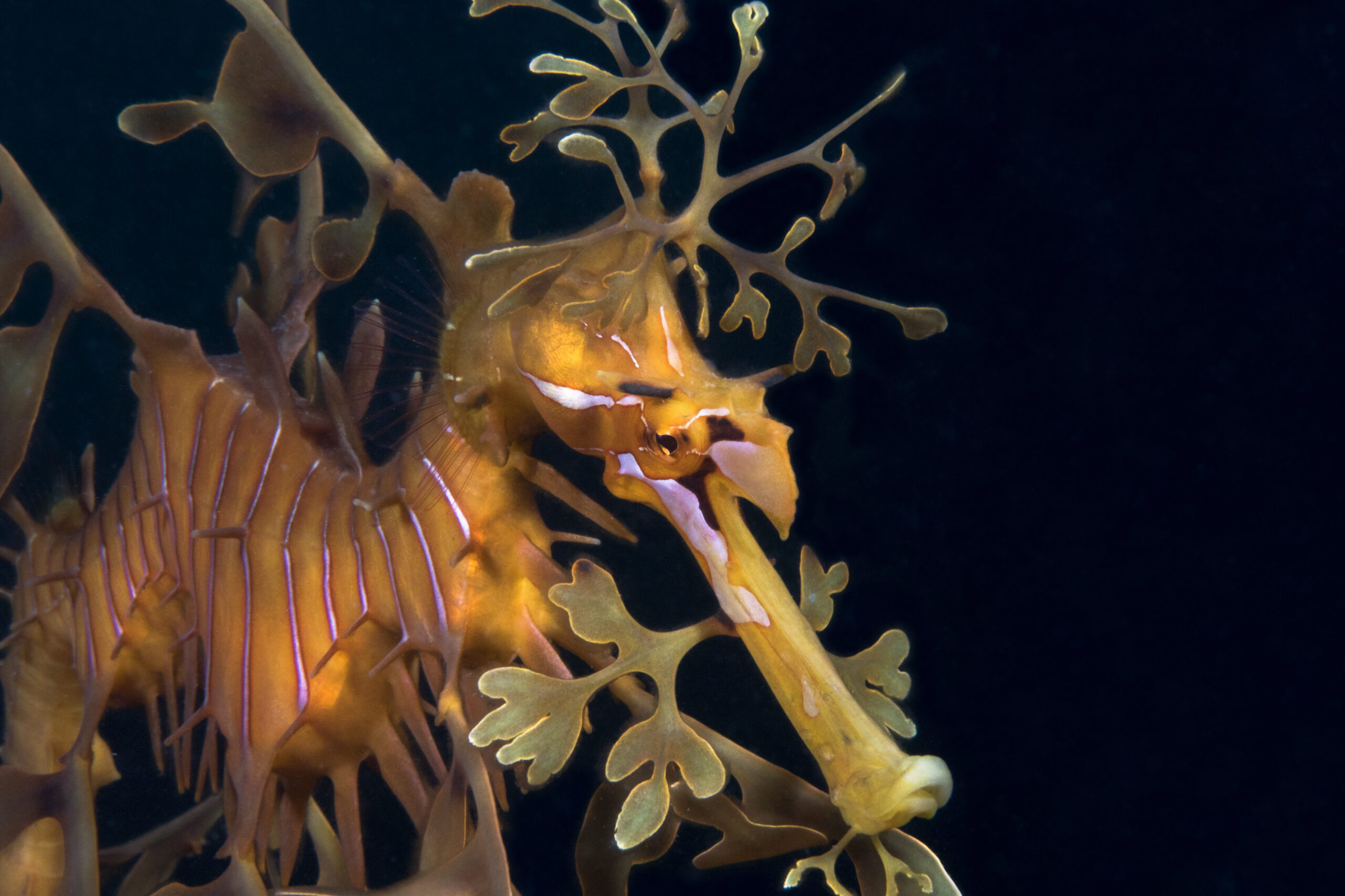
Cultural significance
The leafy seadragon is the official marine emblem of South Australia and a symbol of the region’s unique marine biodiversity.
Fascinating fact
Unlike most fish, it’s the male leafy seadragon that carries and cares for the eggs – a trait shared with their seahorse relatives. Their ability to blend seamlessly with seaweed is so effective that even predators often overlook them.
